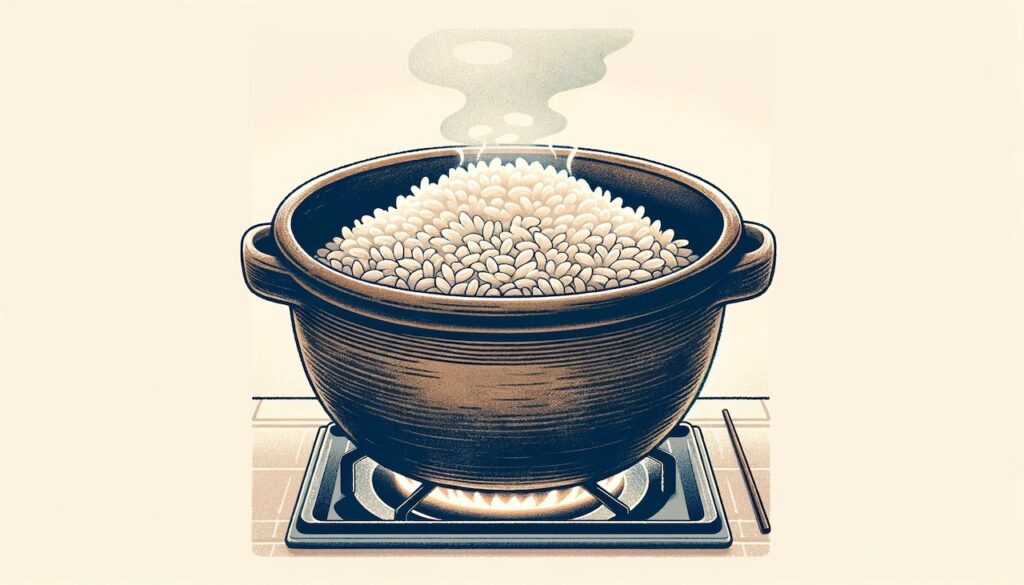In the rich world of Japanese condiments, few offer the striking color and refreshing balance of momiji oroshi. Named after the vivid red-orange maple leaves of autumn, this blend of grated daikon radish and chili peppers delivers not only visual beauty but also a vibrant harmony of flavors, health benefits, and remarkable versatility in Japanese cuisine.
For a full overview of Japan’s diverse condiments, visit:
👉 The Complete Guide to Japanese Condiments: Unlocking the Flavors Behind Japan’s Culinary Mastery
What Is Momiji Oroshi?
At its core, momiji oroshi is simply grated daikon radish blended with red chili peppers. The result is a paste that combines the cooling, crisp freshness of daikon with the warming heat of chili — a perfectly balanced contrast that both stimulates the palate and enlivens the plate.
Its name derives from its resemblance to momiji (Japanese maple leaves), whose vibrant autumn colors mirror the condiment’s brilliant red-orange hue.
What Makes Momiji Oroshi So Appealing?
Visual Beauty
In Japanese cuisine, presentation is as important as flavor. The vivid color of momiji oroshi instantly enhances the appearance of any dish, signaling freshness and inviting the diner’s appetite even before the first bite.
Balanced Flavor Profile
Unlike many spicy condiments that overwhelm, momiji oroshi offers:
- The refreshing crispness of grated daikon.
- The mild heat of chili that lingers without overpowering.
- A layered, clean flavor that cuts through fatty or rich foods.
Extraordinary Versatility
Though deeply rooted in Japanese tradition, momiji oroshi adapts easily to a wide range of dishes:
- Hot pots (nabe): A spoonful stirred into the broth elevates both flavor and aroma.
- Sashimi or grilled meats: Provides a bright, spicy counterpoint to rich proteins.
- Noodles and salads: Adds color and gentle heat to cold soba or green salads.
- Tofu and rice bowls: A vibrant garnish that refreshes the entire dish.
Momiji oroshi can also be blended with soy sauce, ponzu, or dipping sauces to create endless flavor variations.
Health Benefits of Momiji Oroshi
Like many Japanese condiments, momiji oroshi is not only delicious but also carries multiple health benefits:
Digestive Support
Daikon radish contains digestive enzymes such as amylase and protease, which help break down carbohydrates and proteins, easing digestion and reducing bloating.
Immunity and Metabolism Boost
The chili’s capsaicin gently stimulates blood circulation and metabolic activity, while both chili and daikon are rich in vitamin C and antioxidants, supporting immune health and reducing oxidative stress.
Calorie-Friendly Flavor Enhancer
Momiji oroshi delivers powerful flavor with virtually no fat or excess calories, making it an ideal condiment for health-conscious diners.
Related Japanese Condiments
Momiji oroshi shares its refreshing spiciness with other iconic Japanese condiments like:
- Yuzu Kosho: A citrus-chili paste with sharper heat and fragrant yuzu citrus notes.
👉 Learn more about Yuzu Kosho - Shichimi Togarashi: Japan’s famous seven-spice chili blend, offering a complex balance of heat and aroma.
👉 Learn more about Shichimi Togarashi
Each of these condiments reflects Japan’s deep respect for balance, seasonality, and enhancing the natural flavors of food.
How to Make and Customize Momiji Oroshi
Making momiji oroshi at home is simple:
- Grate fresh daikon radish finely using an oroshi grater.
- Add finely chopped red chili or chili paste to achieve your desired heat level.
- Mix well until the color is evenly distributed.
The ratio can be easily adjusted to suit personal spice preferences. Some chefs even incorporate a few drops of soy sauce or ponzu directly into the mixture for added complexity.
Conclusion
Momiji oroshi may seem like a simple condiment, but behind its brilliant color lies centuries of culinary wisdom. In true Japanese style, this condiment exemplifies how simplicity, balance, and respect for ingredients can transform even the most humble dishes.
Whether paired with sashimi, grilled fish, or a bowl of soba, momiji oroshi not only excites the eyes but refreshes the palate — making it a small but powerful star in the vibrant world of Japanese cuisine.


